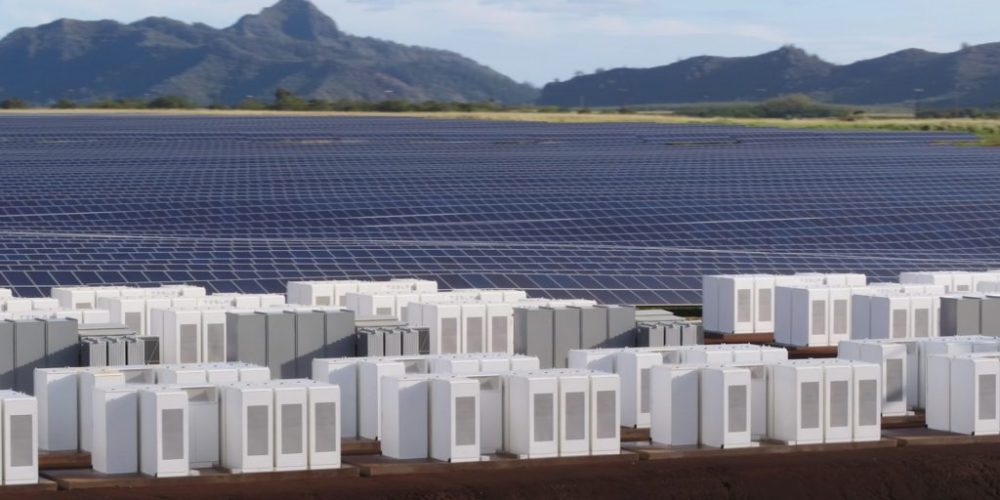Last month, Hawaiian Electric named the winning projects in its largest ever renewable energy procurement — 460 MW of solar power and nearly 3 GWh of energy storage on Oahu, Maui and Hawaii.
This week, the Hawaiian utility posted the names and revealed the winning companies and groups that will develop this historic procurement — a 50% bump to the total solar megawatts on the Hawaiian Electric system. The name, location, developer, technology, size and estimated completion dates are listed on the Hawaiian Electric renewable project status board.
Oahu will add eight new solar-plus-storage projects and one stand-alone storage project totaling 287 MW of PV and 1.8 GWh of storage. The projects include:
- Hanwha Energy’s 60-MW/240-MWh solar-linked battery system.
- Onyx Development (owned by Blackstone) won a bid for a 6.6-MW/26.4-MWh battery project.
- Longroad Energy won its bid for a 120-MW/480-MWh system.
- AES won a bid for a 30-MW/240-MWh system paired with a 46-MW solar plant.
On Maui Island, three solar-plus-storage projects and one standalone project will bring 100 MW of generation and 560 MWh of storage capacity. Projects include:
- HECO proposed and won a “self-build” project for a 40-megawatt/160-MWh system.
- Bright Canyon Energy will build a 42-MW/168-MWh battery linked with 42 MW of solar.
On Hawaii, two solar-plus-storage projects and a stand-alone storage project are on the way. Projects include:
- HECO proposed and won a “self-build” project for a 12-MW/12-MWh system on Hawaii.
- Engie North America won a bid to develop a 60 MW/240 MWh PV and battery plant.
- EDF Renewables North America won a bid to develop a 60 MW/240 MWh PV and battery system.
Kauai achieved 56% renewable energy generation in 2019, and has logged more than 440 hours at 100% renewable energy since the beginning of 2020. The island is expected to reach more than 60% renewable generation by the end of the year, when the AES PMRF solar-plus-storage project is completed.
In a recent piece for pv magazine, Allison Hilliard and Will Giese outlined that, even on the lowest end, every MW of utility-scale solar generated creates 3.3 jobs, while the number can get as high as 21.9/MW for commercial installations and 38.7 per MW for residential. With $21.39 per hour being the base pay for an entry level solar installer in Hawaii, this procurement will directly help those who have lost employment during the pandemic.
Hawaiian Electric predicts that its system will reach 31% renewable generation by this December, and could reach 50% by year-end 2022.
This content is protected by copyright and may not be reused. If you want to cooperate with us and would like to reuse some of our content, please contact: editors@pv-magazine.com.








By submitting this form you agree to pv magazine using your data for the purposes of publishing your comment.
Your personal data will only be disclosed or otherwise transmitted to third parties for the purposes of spam filtering or if this is necessary for technical maintenance of the website. Any other transfer to third parties will not take place unless this is justified on the basis of applicable data protection regulations or if pv magazine is legally obliged to do so.
You may revoke this consent at any time with effect for the future, in which case your personal data will be deleted immediately. Otherwise, your data will be deleted if pv magazine has processed your request or the purpose of data storage is fulfilled.
Further information on data privacy can be found in our Data Protection Policy.